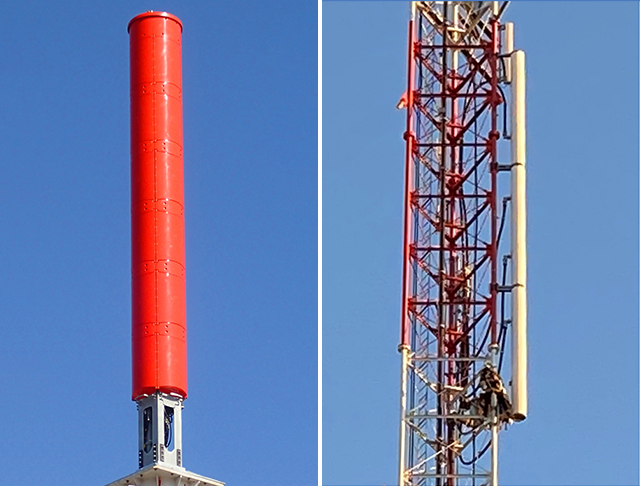
MERIDEN, Conn.—Radio Frequency Systems (RFS) today launched the new NGP and NGS series of antennas, which are particularly well-suited to next-generation broadcasting standards, including ATSC 3.0, 5G-TV, DTMB-A and Advanced ISDBT.
“Next-Generation broadcasting will fundamentally change the landscape of broadcast equipment,” said Nick Wymant, RFS global product manager for broadcast. “Although there will still be a need of the very high-power solutions that RFS has been providing for over 40years, there is also a demand for smaller antennas to enable an SFN [Single Frequency Network] model that is better suited to delivering NextGen requirements. These solutions deliver this in a way that is commercially viable for broadcasters and will allow them to be on the front foot when it comes to delivering the anticipated functionality of NextGen TV.”
The NPG series antennas are based on the RFS flagship PEP and PEPL antennas, which serve multiple high-power master sites, including One World Trade Center. The new series is designed for smaller sites operating at medium power levels, the company said.
NPG series antennas leverage RFS achievements, such as Variable Polarization Technology (VPT). The MIMO capabilities of the solution will serve broadcasters adopting NextGen broadcasting to deliver non-traditional content, such as datacasting. Finally, the reduced size, weight and cost also allows this solution to serve broadcasters deploying SFNs, it said.
The NGS series of antennas support multi-channel NextGen TV networks and are well-suited for standalone antenna and SFN uses. Based on RFS’s SBB solution, the smaller antennas are lighter, thereby improving tower loading, and more economical. They can work with RFS’s Starpoint combiners and HELIFLEX for complete NextGen RF systems, while enabling broadcasters to overcome some of the CAPEX challenges of moving to an SFN architecture requiring more sites, it said.
The new antennas also work with RFS’s antenna selection tool to ensure optimum performance.
More information is available on the company’s website.
The professional video industry's #1 source for news, trends and product and tech information. Sign up below.
Phil Kurz is a contributing editor to TV Tech. He has written about TV and video technology for more than 30 years and served as editor of three leading industry magazines. He earned a Bachelor of Journalism and a Master’s Degree in Journalism from the University of Missouri-Columbia School of Journalism.

